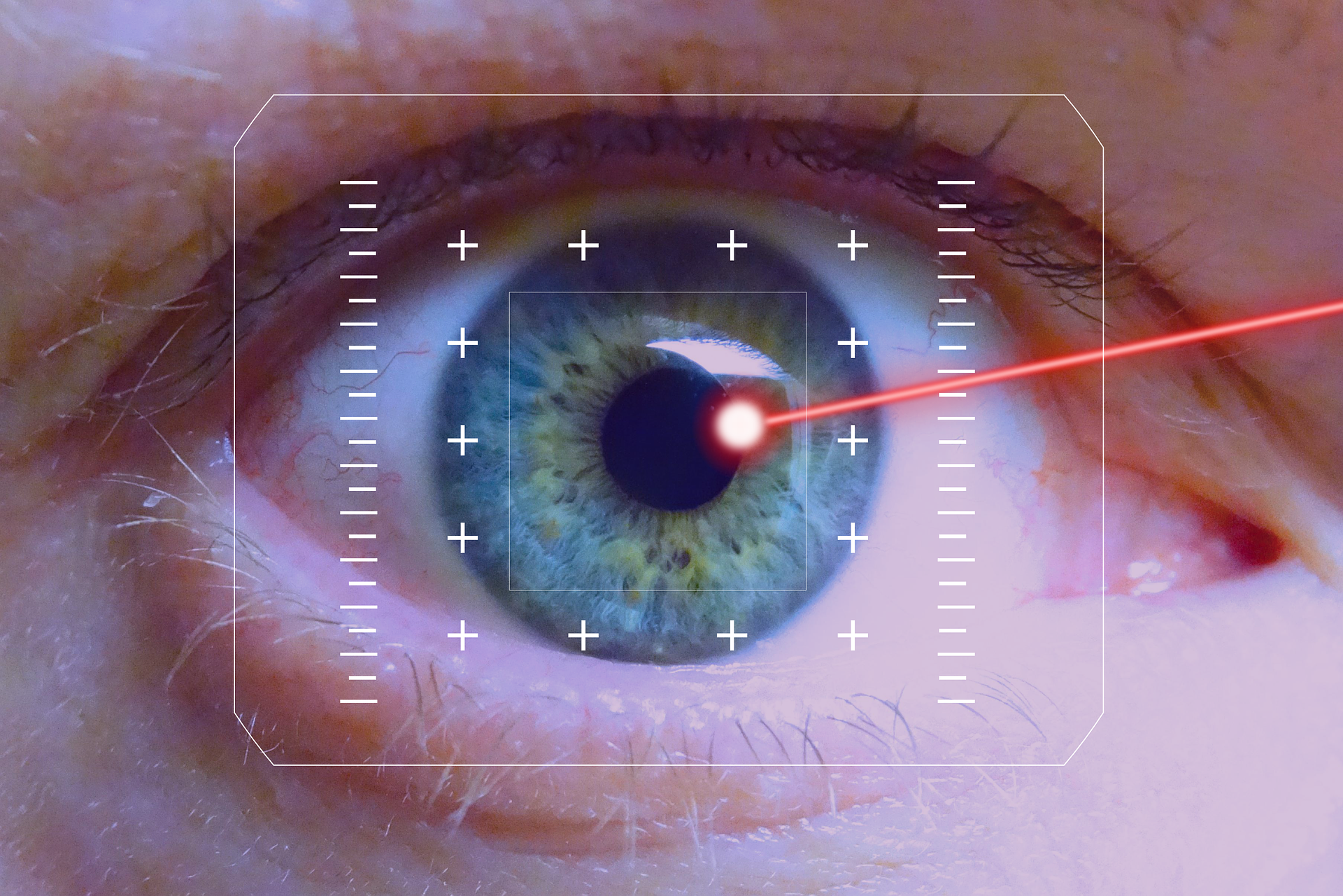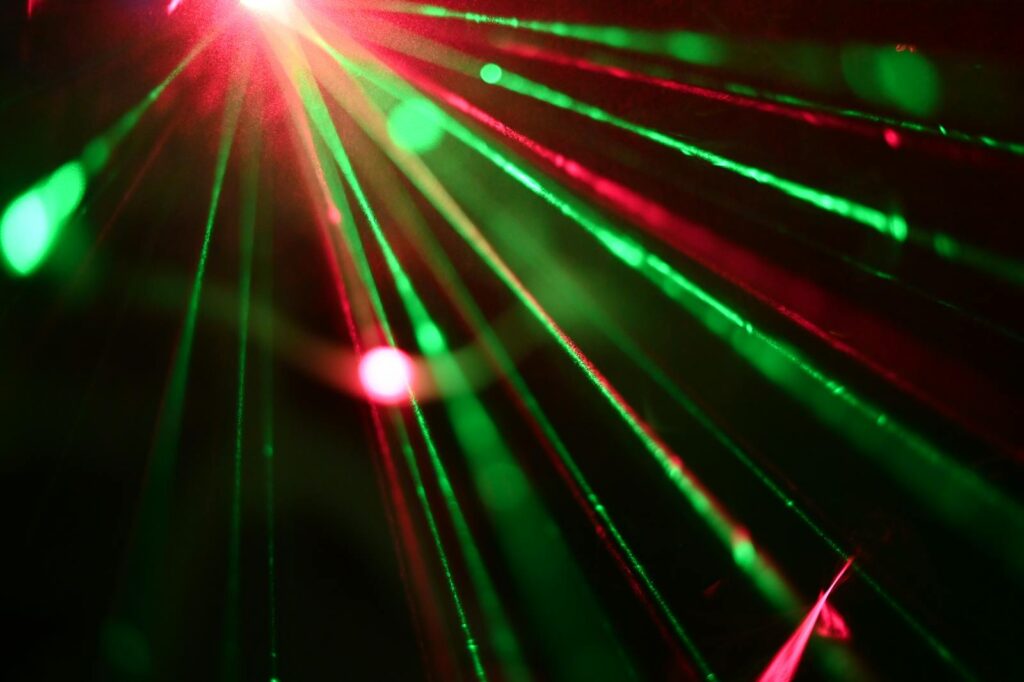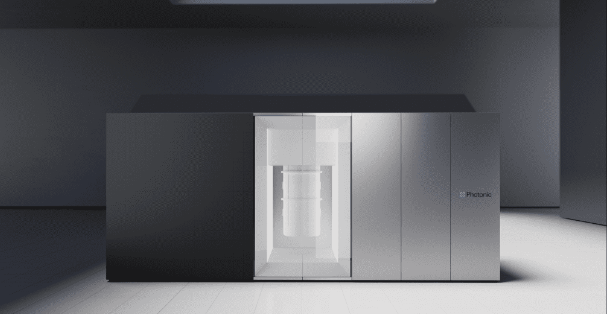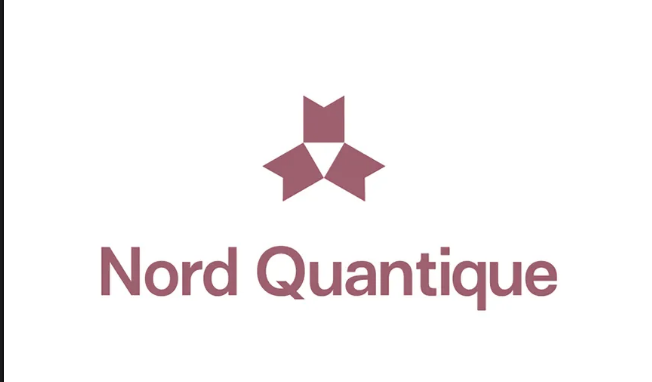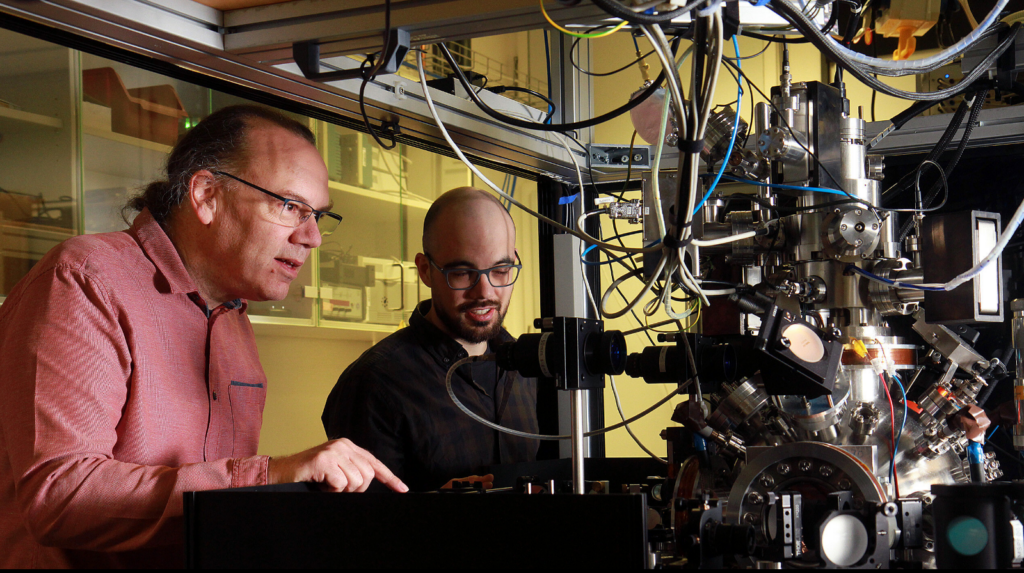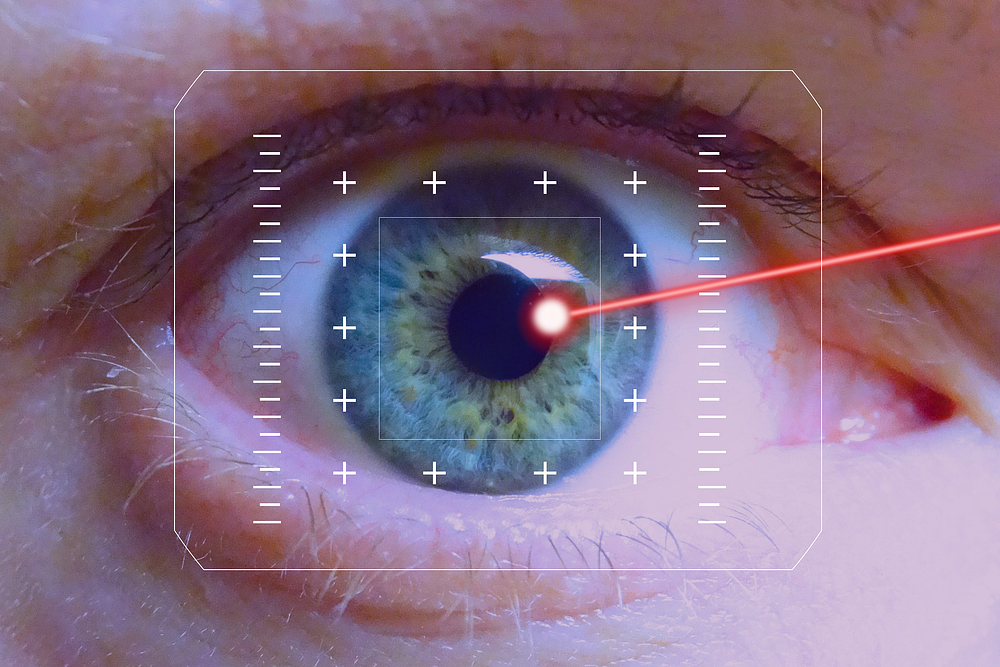
Nonlinearity
A new discovery led by the University of Michigan (UM) could ultimately lead to the ability to send and receive information with single photons of light.
The research paper, entitled the tongue-twistingly Van der Waals heterostructure polaritons with moiré-induced nonlinearity, was published in the scientific journal Nature this month and is based on an international team of scientists’ work.
The researchers were able to demonstrate that by using a phenomenon called “nonlinearity” to change and identify very weak light signals, they could utilize the changes into a quantum system which could give rise to better, more efficient computers in the future.
This approach can ultimately assist silicon-electronics-based information technology as heating and energy consumption considerations compromise it.

And because of it, nonlinear optics is viewed by many as a potential solution.
Quantum Egg Carton
The quantum “egg carton”, as it is known, catches and releases photons, which gives it extra energy. This is conducive to quantum states because as the energy in the system increases, it requires more energy to get it to the nonlinearity of the next excited state.
“Researchers have wondered whether detectable nonlinear effects can be sustained at extremely low power levels — down to individual photons. This would bring us to the fundamental lower limit of power consumption in information processing,” said Hui Deng, professor of physics at the University of Michigan and senior author of the paper.
While also adding: “We demonstrated a new type of hybrid state to bring us to that regime, linking light and matter through an array of quantum dots.”
To achieve this effect the team employed a novel type of semiconductor to manufacture quantum dots set out like an egg carton. Tiny structures which can segregate and trap tiny quantum particles like electrons, Quantum dots play the role of the pockets in the egg carton by confining excitons, which are quasi-particles made up of an electron and a hole. Holes are made when an electron in a semiconductor is propelled to a higher energy level. The vacancy of the electron leaves a positive charge behind it. The magic happens if the hole pursues the electron to the electron’s new energy state, when the two are then a single entity, know as an exciton.
In devices with little to no nonlinearity, the excitons move around unhindered and rarely meet other excitons. But if the exciton is in a quantum dot, however, it then becomes impossible to place a second identical exciton in the same egg carton pocket. To do that requires an exciton with a higher energy state, which can only be achieved with a higher energy photon. This is called a quantum blockade and is responsible for nonlinearity.
Realizing quantum dots aren’t practical and on a “usable scale,” as they’re only a few atoms in diameter, Deng and her team designed an array of quantum dots that assisted to the nonlinearity all at once using two flakes of semiconductor. One of the flakes was tungsten disulphide while the second was molybdenum diselenide. Placed at an angle of approximately 56.5 degrees between their atomic lattices, the two intertwined electronic structures formed a bigger electronic lattice with pockets measuring about 10 atoms across.
To manipulate the array of quantum dots inside the 2D semiconductor with light, the researchers created a resonator by making one mirror at the bottom and then placing the semiconductor on top of it. Finally, the team deposited a second mirror on top of the semiconductor.
On this process, Long Zhang, a postdoctoral research fellow in the Deng Research Lab and first author on the paper, said: “You need to control the thickness very tightly so that the semiconductor is at the maximum of the optical field.”
While the quantum egg carton was embedded in the mirrored cavity which allowed red laser light to resonate, the researchers noticed the emergence of another quantum state, called a polariton. These quantum particles are a hybrid of the excitons and the light in the mirrored cavity, proving all the quantum dots interact jointly with light.

“Engineers can use that nonlinearity to discern energy deposited into the system, potentially down to that of a single photon, which makes the system promising as an ultra-low energy switch,” said Deng.
Deng’s “switches” are among the devices required to building ultralow-power computing, which can be formed into more complex gates.
“Professor Deng’s research describes how polariton nonlinearities can be tailored to consume less energy,” said Michael Gerhold, program manager at the Army Research Office, an element of the U.S. Army Combat Capabilities Development Command’s Army Research Laboratory. “Control of polaritons is aimed at future integrated photonics used for ultra-low energy computing and information processing that could be used for neuromorphic processing for vision systems, natural language processing or autonomous robots.”
Beyond Silicon
All this could have positive repercussions for the most crucial aspect for quantum information processing, qubits, and how every individual quantum dot in the array could be used as a qubit. Another method thrown out there would be to execute a polariton blockade, where the array of excitons, “resonating in time with the light wave”, would become the qubit. These two approaches hold promise for 2D semiconductors in building more cost-effective, room-temperature quantum devices as opposed to the highly expensive cryogenic models based on liquid nitrogen or liquid helium.
The final word on this was Steve Forrest’s, the Peter A. Franken Distinguished University Professor of Electrical Engineering at UM and another co-author of the paper: “We are coming to the end of Moore’s Law. Two-dimensional materials have many exciting electronic and optical properties that may, in fact, lead us to that land beyond silicon.”
The University of Michigan, Deng, and the other co-authors are well in the loop as to the best approaches to achieving that “lead us to that land beyond silicon” and a practical quantum computer. We have a long way to go, but research like this is one foot in the right direction.
If you found this article to be informative, you can explore more current quantum news here, exclusives, interviews, and podcasts.

